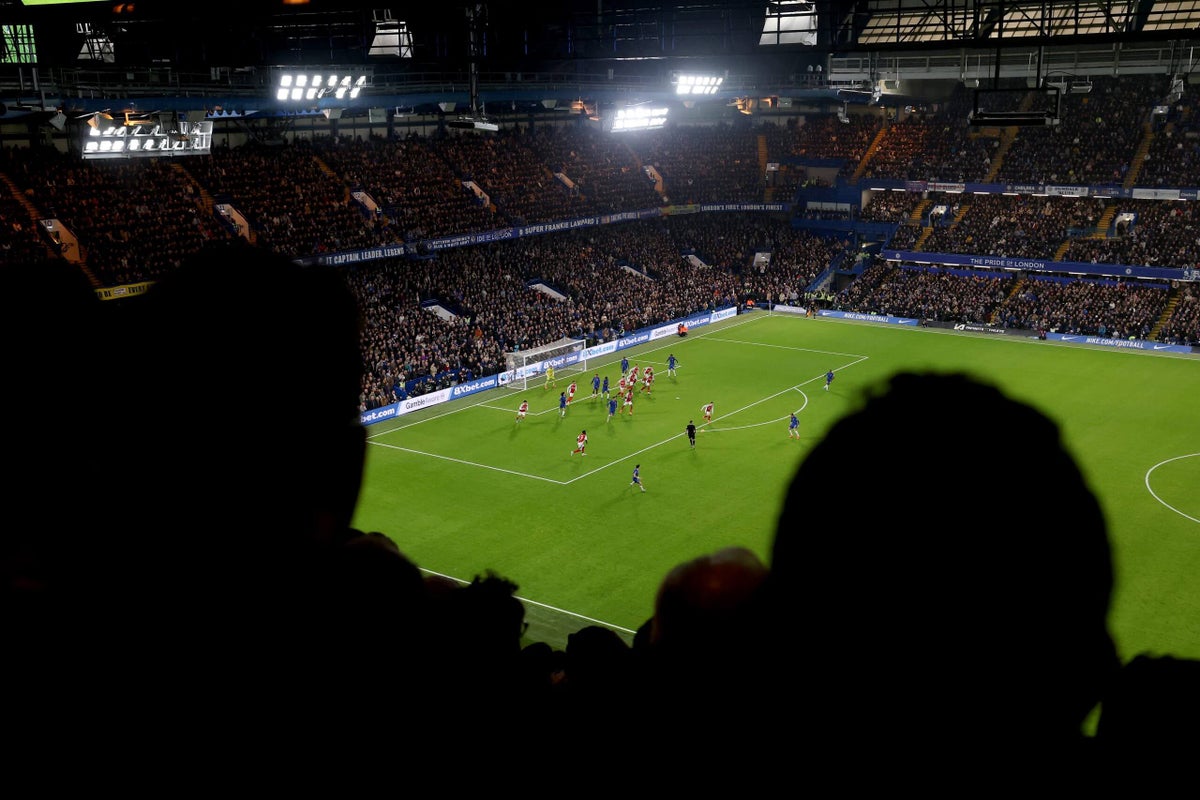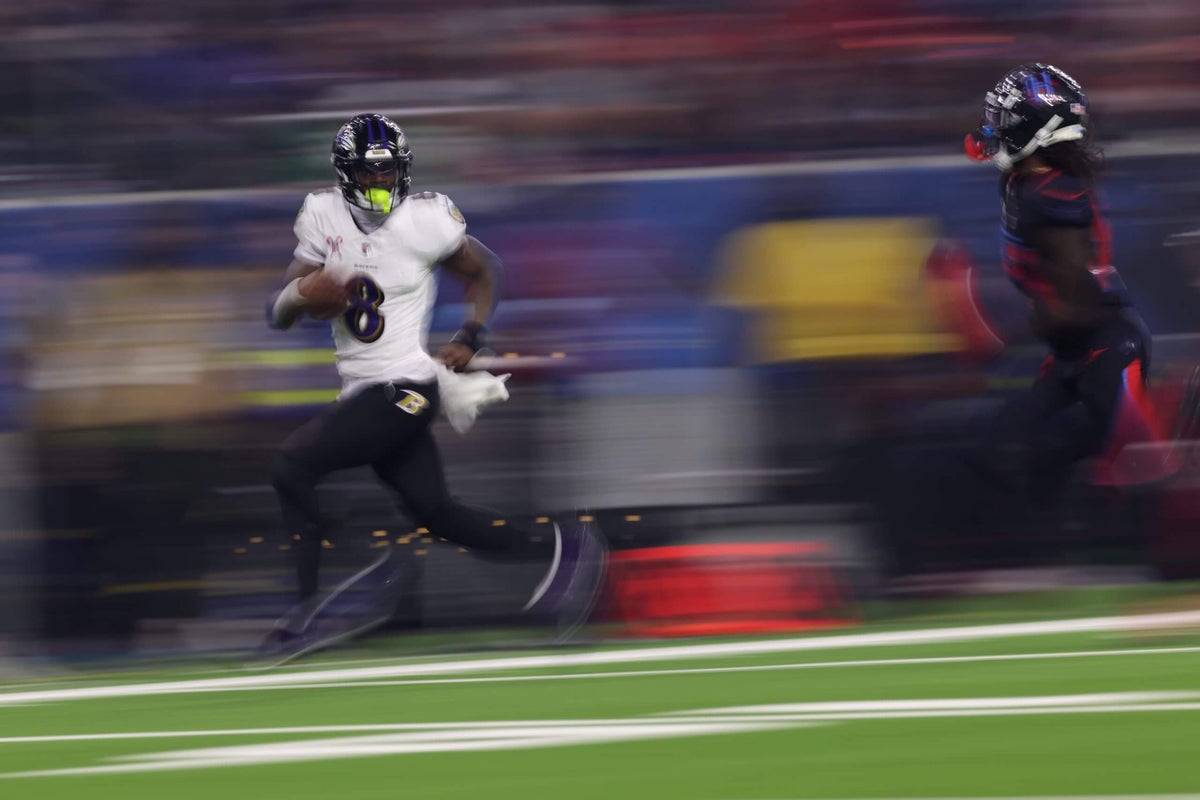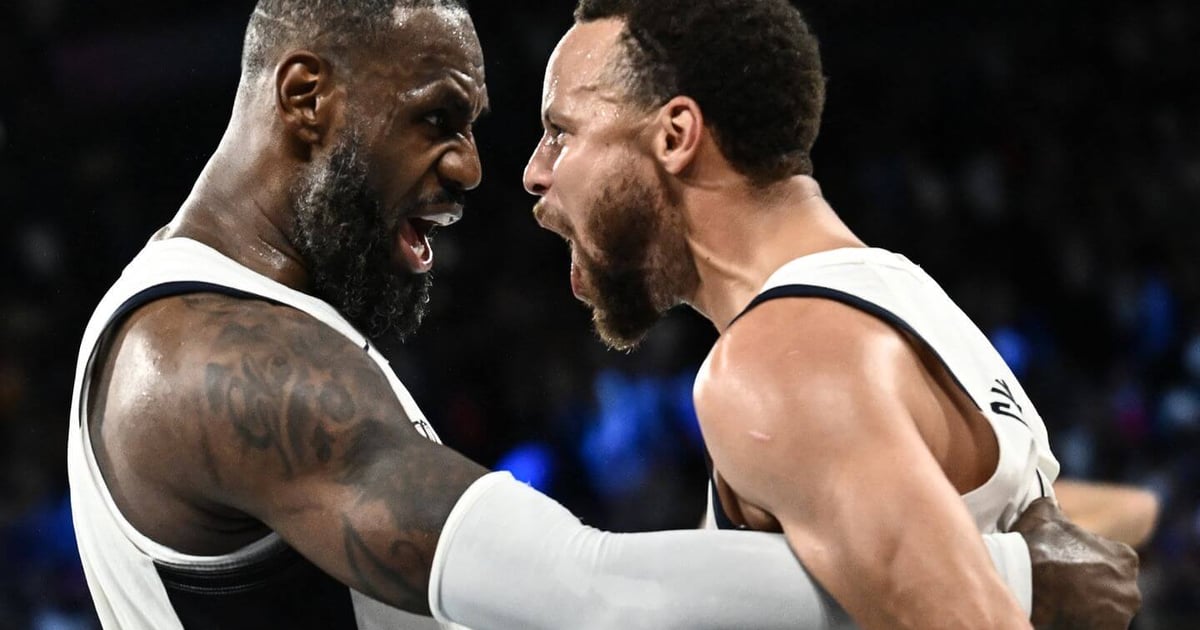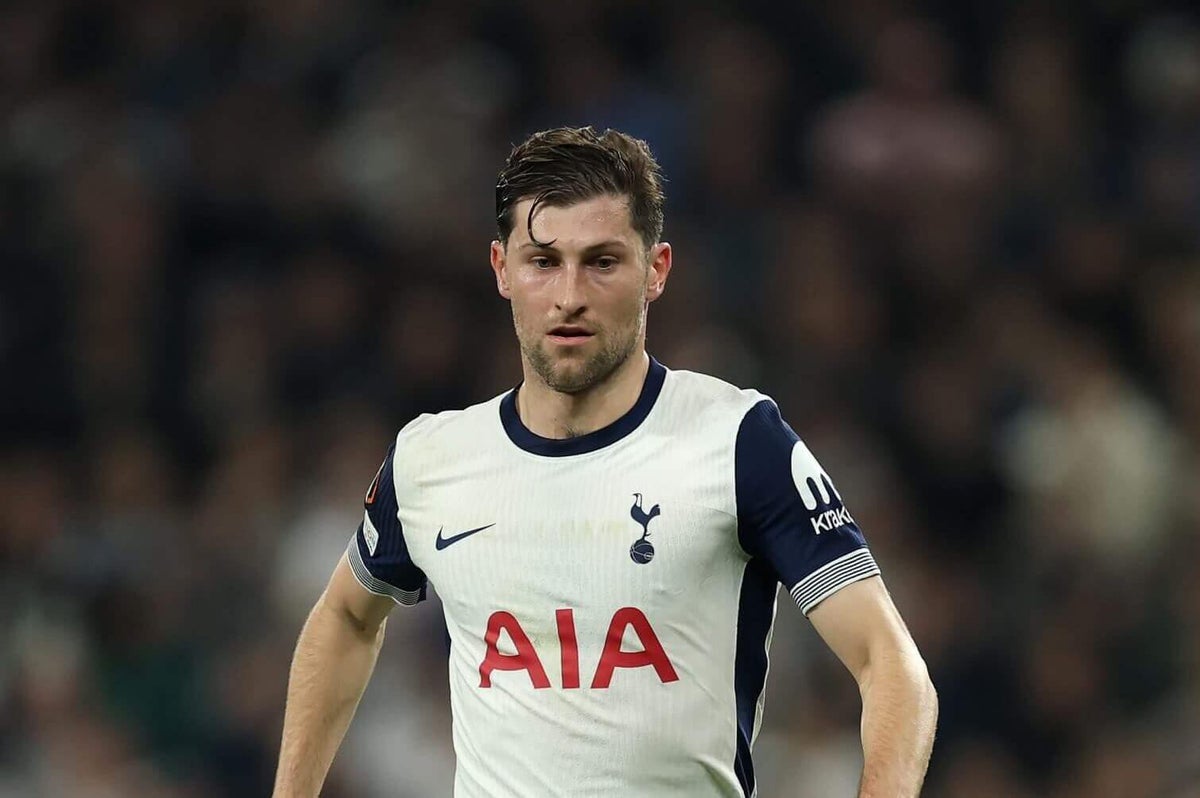We asked for your data and tactics questions about the 2024-25 season and beyond — and you certainly stepped up to the plate.
Here, Michael Cox, Mark Carey, Thom Harris and Ahmed Walid pick out some of the most interesting points to analyse.
What do you reckon will be the next tactical trend in 2025 onwards? Three at the back and man-marking like Gasperini’s Atalanta? Perhaps a form of press-baiting passing sequences like Emery’s Villa? Or a back-to-basics approach as with Mendilibar’s Olympiacos? — Manuel Jose C
Ahmed: I think we have seen more man-to-man pressing and press-baiting sequences in the past two years. The latter has been slowly integrated into the Premier League since Maurizio Sarri’s time at Chelsea, Tottenham under Antonio Conte and the most obvious example is Roberto De Zerbi’s Brighton & Hove Albion. However, I can see more and more teams trying to play rapidly through the press with quick-passing combinations. You mentioned Aston Villa under Unai Emery and I would add Brentford this season too.
Another trend is how teams are using long balls with a purpose. The rise of man-to-man marking has meant that goalkeepers’ long passes to an isolated striker is becoming an important solution. Liverpool have also been going direct towards Mohamed Salah this season more than previous years, with the aim of using him as an outlet or to combine quickly and attack the space. Mainly, I would say more directness on the ball through structured moves that begin with long passes or quick-passing combinations to play through an opponent vertically.

Liverpool have been going direct to Mohamed Salah more under Arne Slot (Carl Recine/Getty Images)
What would be the single most impactful change that Manchester City could make to turn around their form? — Ben Q
Thom: Thank you for the question Ben. It’s difficult to know where to start…
The most glaring issues lie in the defensive structure and the high line — Liam Tharme and I detailed some ways City could adapt in this piece — but I think the 3-2-5 build-up shape has also become quite predictable, enabling the opposition to mark key players out of the game. We saw a perfect example at Aston Villa on Saturday; the Rico Lewis shuffle into midfield is easily tracked and blocked off, the two No.10s can be picked up by diligent holding midfielders, while the wingers are high and wide without any support from a full-back, all of which leaves Erling Haaland looking for scraps.
The whole point of the system is to overload the opposition back four, stretching them wide and creating gaps through which the central players can hit, but a simple switch to a back-five is nullifying City, who lack forward running power to trouble defenders in behind. According to SkillCorner, City are the team with the fewest overlapping runs per 30 minutes of possession in Europe’s top five leagues, and there was a real feeling that Jack Grealish could have done with a few of those on the weekend to take defenders away from him.

How does Pep Guardiola arrest Manchester City’s slide? (Shaun Botterill/Getty Images)
One of the few players who looks capable of bringing that forward momentum is Josko Gvardiol, but his ability to affect the game in that regard hinges on whether injuries require him to play at centre-back. When he can play the full-back role, as he did against Nottingham Forest, he can be dangerous running beyond the last line, charging into the space created by a positional rotation with Grealish for his second big chance in the opening 20 minutes.

Once again, it’s a potential solution that depends on player availability. Maybe City will dip into the transfer market to find some more disruptive — and frankly, more mobile — attacking midfield players, but at the moment, much of their approach play is easily containable and in front of the opposition defence.
What makes a team (Real Madrid) who have won six of the past 11 Champions Leagues good from a tactical/data perspective? And is it weird that (maybe) so much of it is hard to explain? — David C
Thom: Thank you for your question David. If anything, the last three months have seen Real Madrid at their most tactically fragile — the arrival of Kylian Mbappe has made it difficult for them to press from the front in their usual 4-4-2 shape, making it too easy for teams to progress through the middle and get at an injury-hit back four.
I don’t think there’s a huge secret behind their success; the numbers indicate that a lot of it comes from the ability of the players at their disposal. Since the start of last season, they have scored 26 more goals than the quality of their chances suggest that they should have, by far the biggest expected goals (xG) overperformance in La Liga. Their 21 goals from outside the box is also the most across that time, crashing home another two in a 4-2 win over Sevilla this weekend.

Madrid, with the power of Bellingham and Valverde, have been more prolific than their XG suggests they should be this season (Oscar Del Pozo/AFP via Getty Images)
The athleticism throughout Madrid squad also gives them an undeniable edge. In Jude Bellingham and Fede Valverde, they have two of the most intense, powerful runners in world football, happy to shuttle up and down the pitch and capable of bouncing between challenges and charging into dangerous areas. The front three are freakishly quick and destructive too, and can pounce late on in games.
Identifying future first-team players at a young age and integrating them into the team slowly is an approach that has paid off for Madrid, and their freshness and physicality blends well with the depth and calibre of the team.

Who is considered an elite attacker who takes relatively few shots but who has a high conversion rate? Or conversely, one who takes a large number of shots but has a low conversion rate leading to a similar level of goal contribution? — Parva S
Mark: Interesting question, Parva. I would say that shot conversion can often be a weak measure of a player’s finishing ability, but two things we could compare is a player’s average shot quality (xG per shot) and how often they look to shoot (touches per shot).
Essentially, we are looking at which players get into sustainably good areas to shoot, and how often they look to do it. Unsurprisingly, Europe’s elite players show up well by this measure with out-and-out central strikers like Robert Lewandowski, Erling Haaland, and Harry Kane taking relatively few touches per shot with high-value shots taken.

There are some obvious names at the top, but a word must go to Atalanta’s Mateo Retegui who is in clinical form, having already bagged 12 goals in Serie A this season. Close to him is Fiorentina’s Moise Kean, whose nine goals are keeping his side in the Champions League spots for now. Judging by the metrics above, both look to be getting into sustainably strong positions to score.

Fiorentina’s Moise Kean has been clinical this season (Gabriele Maltinti/Getty Images)
At the other end of the scale, you have your creative forces who understandably get on the ball more before shooting. However, someone might want to tell Bruno Fernandes and Florian Wirtz that they are not always shooting from high-value positions. Good luck with that…
Which player across the top 5 (or top 10) European Leagues has the highest xA? Who are the ones that are most over- or underperforming in terms of xA (or rather whose teammates are)? I believe Bukayo Saka has quite a few more assists than his xA might suggest (I guess because of corners) — Naz M
Michael: As you imply, assist figures can sometimes be slightly random, and entirely reliant on the quality of the player finishing the chances. The highest player in terms of xA in Europe’s major leagues this season is Raphinha, on 8.9 xA despite only having six assists — from memory, Robert Lewandowski has let him down a few times. Saka is indeed slightly flattered by his assist tally so far, although you can say roughly the same thing for Mohamed Salah. This graph features every player who has 5+ xA, or 6+ assists.
Elsewhere, Monaco’s Takumi Minamino is the player who has been most short-changed by teammates, with just one assist from 3.7 xA.
Based on both raw data and objectivity, how can we assess which football domestic league is the ‘best’ or ‘worst’ in the world? — Fahad K
Mark: Thanks for your question, Fahad. It is probably important to say that the ‘best’ or ‘worst’ league can be a matter of opinion, depending on how you like to consume your football.
What we can measure objectively is the strength of each league. Previously, we have done this using data from Twenty First Group, a sports intelligence firm that advises clubs, leagues, and investors. Their World Super League model uses a machine-learning algorithm to generate a single rating for every team in world football. League strength can then be calculated from the average rating of each team.
Unsurprisingly, the Premier League comes out as the strongest league within their model, with all of Europe’s top five leagues in the… well, the top five.

You can read more about this topic in an article that we wrote earlier this year, which digs into the inequality across multiple leagues in Europe.
Still, these sorts of models help clubs to adjust their metrics when recruiting for a player in a specific league — adapting their output depending on the change in quality from one club to another.
Do Manchester United deserve to be in 13th and will they regain their form under Ruben Amorim? — Zac B
Ahmed: Considering their poor start to the season under Erik ten Hag, the answer is definitely yes. If you take the 17 games they’ve played as a whole, it’s hard to argue that Manchester United have been better than any of the sides above them.
However, it’s important to note that they are only nine points away from fourth place. The league is unusually tight, and a good run of games in the second half of the campaign might see United end the season in a much more acceptable position.

Ruben Amorim has endured a mixed start as United’s boss (Darren Staples/AFP via Getty Images)
It’s not that easy, however, because the difficulty level of the Premier League this season is really high with multiple teams punching above their weight. As for their performances under Ruben Amorim, I would argue it has been positive considering where United were coming from. After a successful first season, plenty of the results under Ten Hag masked awful performances in the final last season and a bit. United have shown improvement on the ball in Amorim’s first nine games, while the out-of-possession play is still a work in progress despite an impressive performance in that area in the Manchester derby.
Performances such as the 3-0 loss to Bournemouth and the team’s underwhelming second half against Nottingham Forest are explicable because the team is still very much in a transition period.
Is Marco Silva underrated? He’s overachieved with Fulham the past couple of seasons and coped admirably with the losses of Mitrovic and Palhinha. Fulham are definitely contenders for Europe this season and I think their underlying numbers are some of the best in the league. Should Silva have been considered for likes of Brighton in the summer? And just how good are Fulham? — Clarissa G
Michael: I agree entirely that he’s overachieved, and he’s doing a particularly good job this season. Of all the clubs in the Premier League, I think Fulham have found the right balance between having a default style of play and also varying their approach against the big sides.
At home against the weaker sides in the league, they play great combinations in attack, particularly between Alex Iwobi, Emile Smith Rowe and the overlapping Antonee Robinson, perhaps the best left-back in the league. Against stronger opponents they can drop Iwobi back, move Smith Rowe across and drop into a 5-4-1, but then revert to their usual shape in possession. They’ve caused Manchester City, Arsenal and Liverpool serious problems this season, and will be a bit disappointed they haven’t won any of those three games.

Is Marco Silva the most underrated manager in the Premier League? (Clive Rose/Getty Images)
I don’t know if Silva is underrated, but I think his next job could be a big one. I have heard suggestions that he has admirers among Everton’s new owners, although it’s worth pointing out that his previous experience at that club wasn’t entirely successful.
And, yes, Fulham are a very good side. One thing I think is worth pointing out is that Silva uses his subs later than any other manager in the Premier League. I think that indicates he’s a bit limited in terms of squad depth, and maybe that will cause tiredness as the season continues. But for a side whose previous two Premier League experiences were pretty miserable relegation seasons, anything around mid-table would be an excellent achievement.
What can be done to reverse the trend of corners looking like MMA title fights? If anything remotely similar took place in open play, most games would end eight-vs-eight! — Mark M
Ahmed: Nothing, really. Football being a contact sport means that there will always be blocking and screening on corner kicks. It’s an integral part of how set pieces are and if dead-ball situations moved to being contactless, people would absolutely hate it.
People only complain about this stuff when it’s their team on the receiving end of it, but every football team on the planet wants to be physical at set pieces and they understandably do that to their full extent. My two cents is that there’s nothing wrong with it right now. It’s just a normal part of the sport.

Have corners become too physical? (Dan Mullan/Getty Images)
Does inverting full-backs actually make a team easier to defend against? Wingers get double-marked and the extra bodies in central midfield add little in the way of attacking penetration from that position (unless you are Trent Alexander-Arnold). — Eoin D
Michael: Well, to a certain extent, I agree. But I don’t think attacking firepower is the primary reason for using full-backs inside: I think it’s primarily a safety-first thing to avoid the opposition breaking into space with your full-backs high up the pitch and gaps between defenders. I think of it as a defensive tactic, so in that sense it’s not too surprising if it means it’s less dangerous going forward.
But to make a case for it going forward: I think it often means the opposition midfield is dragged narrow to cope, which can make it easier to get balls into the wingers in the first place. And obviously if you have someone like Alexander-Arnold it can mean their playmaking is more effective, yes. But I think generally it’s a defence-minded move.
Has the panel read Ian Graham’s book How to Win the Premier League? I found it to be a really informative read and wonder what the panel think? Additionally, besides Brentford, Brighton, and Liverpool, what other clubs are using data analytics extensively to identify player transfers? And how is AI being incorporated into data analytics? — David L
Mark: Hi David, yes I agree it was a great book and it has definitely sparked a lot of ideas off the back of reading it. In terms of other clubs using data in recruitment, I think you would struggle to find a single Premier League or EFL club that doesn’t have some form of analytics within their player profiling.
Brentford, Brighton, and Liverpool are regarded as the gold standard because of their alignment in the use of data throughout the club, but Arsenal, Chelsea and Manchester City (City Football Group) have had their own data departments for many years — with nearly every club following suit. Even Manchester United have had an established data department since early 2022 so might be a little behind the curve compared to other elite clubs, but have got some very smart people building data models at the moment.

Brentford and Brighton have been at the forefront of the data revolution (Andrew Kearns – CameraSport via Getty Images)
In terms of artificial intelligence in football, we have a few articles on this recently. More generally, looking at “The rise of Generative AI in football scouting” with specific examples of Liverpool using artificial intelligence to become better at corners. It is a growing part of the game that is garnering more attention recently.
For teams in the Champions League, what percentage of their corners in their domestic leagues are in- or out-swinging, and is there a correlation between that and goals from set pieces OR conceding fast breaks? — Naz M
Ahmed: I am planning to do something on defending corner kicks and generating counter-attacks from them because it’s been really noticeable in the Premier League this season.
I would like to give you a more detailed answer — a whole piece, really — so watch this space…
(Header photo: Chelsea Football Club/Getty Images)














Leave a Reply